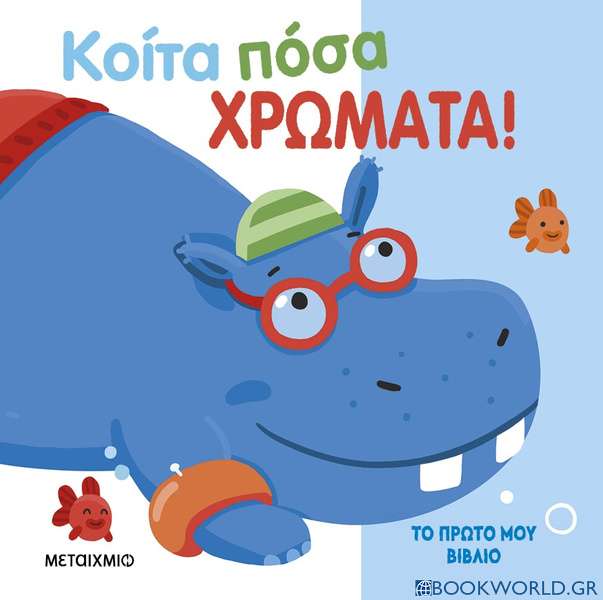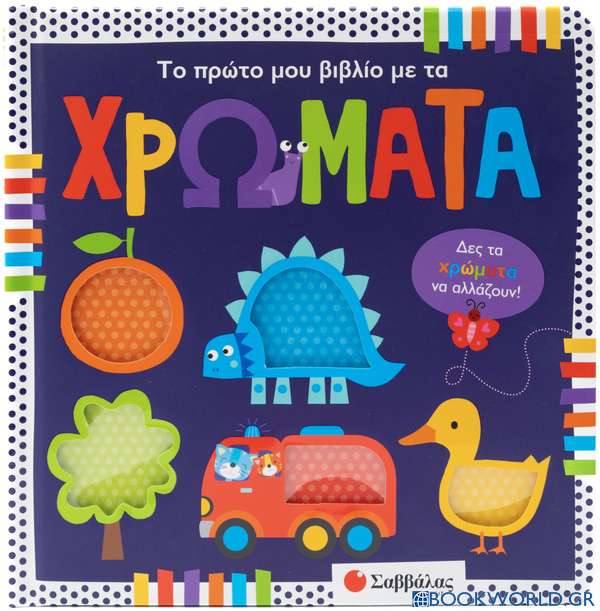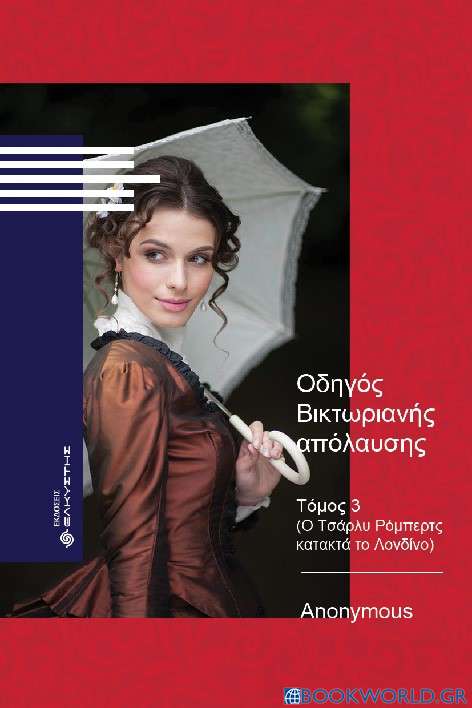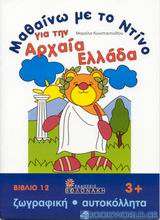Falling in Place
Εκδότης:
Kalfayan Galleries
Έτος:
2010
ISBN:
9789609906524
Σελίδες:
63
Εξώφυλλο:
Μαλακό
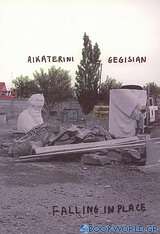
Κυκλοφορεί
Επικοινωνήστε μαζί μας
Επικοινωνήστε μαζί μας
Falling in Place
UP CLOSE AND PERSONAL
Gegisian, who is Greek with Armenian heritage and currently lives in the UK, has a personal investiture in the migrant's experience. Although her work frequently denies the authority of authorship, she also approaches filmmaking in a decidedly personal register. In 2006, she visited Gyumri, Armenia, the result of which was two short video works: "Sevan Boys", 2008, and "A Ray of Sunshine", 2008. "Sevan Boys" (produced in collaboration with Greek artist Lizzie Calligas) is a double screen video installation, in which the artist attempts to chat with a group of adolescent boys, a task made virtually impossible due to the lack of a shared language. "A Ray of Sunshine", is a terse video work in which the camera is pointed directly at the sun, generating refracted i light spots within the lens. The artist describes this as 'an attempt to inscribe the personal in a consciously changing landscape'. Gegisian explores this motif- a personal, psychological understanding of geography - in the video "The Image Unfolded", 2007, a personalised, dream-sequence in which the artist interprets a catalogue of images she has collected during her travels in Armenia, Greece and Turkey. In the work "Notes in a Conception of a Film", 2007-2010, a wall installation of one hundred and ninety black-and-white photographs, the artist has literally'inscribed the personal'onto the images, using a coloured pen to add marks and allusive slogans such as'Do you think you are maybe exposing yourself to unnecessary trouble?','What comes in between is not always visible; 'I am lying in the place where there is no sand!
The questions Gegisian's work pose have evolved out of a long history of documentary and ethnographic filmmaking. This lineage includes filmmakers such as Jean Rouch and Werner Herzog, who have explored the problematic tendency of film to objectify, to present material as evidence, rather than a fable open to interpretation. One solution is to personalise the story, turning the supposedly objective into the recognisably subjective. .Gegisian's camera, unlike that of the tourists snapping away on the hillside in Mauritius or military's GPS line-of-sight, does not seek to turn people into things. Her view is multivalent, prismaticand dialectical; it senses the hapticworld like fingers touching Braille. This perspective -up close and personal- celebrates the experience of what Gegisian calls the "shifting geographies" of the contemporary world. [...]
Colin Perry, London 2010
UP CLOSE AND PERSONAL
Gegisian, who is Greek with Armenian heritage and currently lives in the UK, has a personal investiture in the migrant's experience. Although her work frequently denies the authority of authorship, she also approaches filmmaking in a decidedly personal register. In 2006, she visited Gyumri, Armenia, the result of which was two short video works: "Sevan Boys", 2008, and "A Ray of Sunshine", 2008. "Sevan Boys" (produced in collaboration with Greek artist Lizzie Calligas) is a double screen video installation, in which the artist attempts to chat with a group of adolescent boys, a task made virtually impossible due to the lack of a shared language. "A Ray of Sunshine", is a terse video work in which the camera is pointed directly at the sun, generating refracted i light spots within the lens. The artist describes this as 'an attempt to inscribe the personal in a consciously changing landscape'. Gegisian explores this motif- a personal, psychological understanding of geography - in the video "The Image Unfolded", 2007, a personalised, dream-sequence in which the artist interprets a catalogue of images she has collected during her travels in Armenia, Greece and Turkey. In the work "Notes in a Conception of a Film", 2007-2010, a wall installation of one hundred and ninety black-and-white photographs, the artist has literally'inscribed the personal'onto the images, using a coloured pen to add marks and allusive slogans such as'Do you think you are maybe exposing yourself to unnecessary trouble?','What comes in between is not always visible; 'I am lying in the place where there is no sand!
The questions Gegisian's work pose have evolved out of a long history of documentary and ethnographic filmmaking. This lineage includes filmmakers such as Jean Rouch and Werner Herzog, who have explored the problematic tendency of film to objectify, to present material as evidence, rather than a fable open to interpretation. One solution is to personalise the story, turning the supposedly objective into the recognisably subjective. .Gegisian's camera, unlike that of the tourists snapping away on the hillside in Mauritius or military's GPS line-of-sight, does not seek to turn people into things. Her view is multivalent, prismaticand dialectical; it senses the hapticworld like fingers touching Braille. This perspective -up close and personal- celebrates the experience of what Gegisian calls the "shifting geographies" of the contemporary world. [...]
Colin Perry, London 2010
| Τίτλος βιβλίου: | Falling in Place | ||
|---|---|---|---|
| Εκδότης: | Kalfayan Galleries | ||
| Συντελεστές βιβλίου: | Perry, Collin (Συγγραφέας) Γκεγκισιάν, Αικατερίνη (Επιμελητής) Γκεγκισιάν, Αικατερίνη (Καλλιτέχνης) | ||
| ISBN: | 9789609906524 | Εξώφυλλο βιβλίου: | Μαλακό |
| Στοιχεία έκδοσης: | Μάιος 2010 | Διαστάσεις: | 24x17 |
| Σημείωση: | Κατάλογος έκθεσης & βιντεο-προβολών στο Πολιτιστικό Κέντρο "Λ. Κανελλόπουλος" στην Ελευσίνα, μεταξύ 8 Μαΐου - 5 Ιουνίου 2010. | ||
| Κατηγορίες: | Γενικά Βιβλία > Καλές Τέχνες Γενικά Βιβλία > Καλές Τέχνες > Ιστορία της Τέχνης | ||
Δεν βρέθηκαν στοιχεία για τον συγγραφέα


